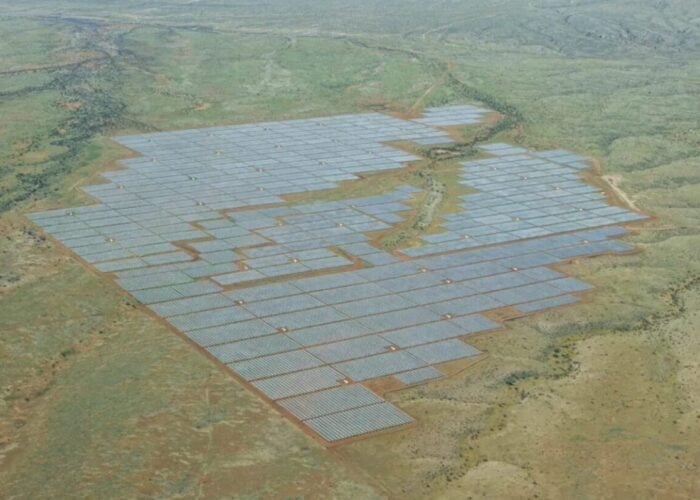Yingli Green will supply panels to the world’s largest floating PV plant, a 7.5MW power station in Japan, according to the Japanese company behind the project.
Tokyo-based Smart Energy, which offers services including financial advice and strategic investment to companies looking to implement Clean Development Mechanism (CDM) and other climate change mitigation projects, made the announcement earlier this month. The project will be built on an agricultural reservoir in the town of Kawagoe, Saitama prefecture, which is expected to remain in use after the plant is constructed on it.
Unlock unlimited access for 12 whole months of distinctive global analysis
Photovoltaics International is now included.
- Regular insight and analysis of the industry’s biggest developments
- In-depth interviews with the industry’s leading figures
- Unlimited digital access to the PV Tech Power journal catalogue
- Unlimited digital access to the Photovoltaics International journal catalogue
- Access to more than 1,000 technical papers
- Discounts on Solar Media’s portfolio of events, in-person and virtual
Project finance will come from Japanese bank Musashino, which has formed a project-dedicated special purpose vehicle (SPV) with Smart Energy and other partners. Contracts were signed on 31 October. The plant, near Tokyo, is expected to be completed and connected by October 2015, with construction to begin in January.
According to a separate announcement made by local authorities, the plant is expected to last for 20 years, generating around 8,305,440kwh per year, from 27,456 solar panels. Inverters will be supplied by Schneider Electric.
Floating PV plants have been mooted as one possible solution to Japan’s shortage of land suitable for PV projects. Kyocera announced in early September that it will build a 2.9MW floating plant in west Japan.
The Kyocera project is part of a plan by its joint venture (JV) with industrial equipment hire and fund procurement company, Century Tokyo Leasing, to develop 60MW of floating PV before the next Japanese financial year, which begins in April 2015.
Another solution to the land shortage is a subsidy programme for projects built on landfill sites, with one study appearing to show that landfill sites across Japan could accommodate an additional 7.4GW of solar generation facilities.
The land shortage is just one of the reasons solar in Japan has suffered some high profile setbacks recently, with rising consumer electricity prices and grid issues considered to be more significant contributing factors. The government is expected to carry out a wide-ranging review of the feed-in tariff (FiT) policy at the end of the financial year, while a ‘working group’ established by the Ministry of Economy, Trade and Industry (METI) is seeking to assess how much capacity exists at present to allow more of the total amount of solar approved for the FiT to go online.






